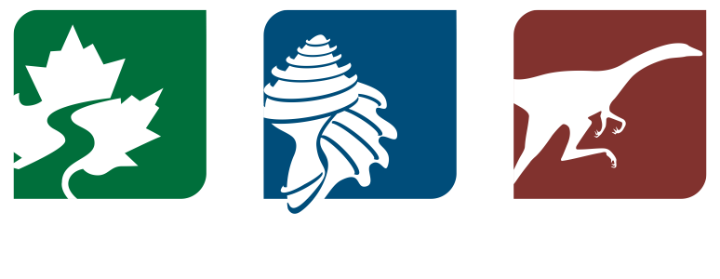The Cayuga Nature Center provides indoor and outdoor programs and exhibits that encourage visitors to explore and understand the natural history of the Cayuga Lake Basin as part of the regional and global ecosystems. The Nature Center’s 100 acres of woodland and old field overlooking Cayuga Lake are home to a six-story treehouse, live native animals, a gorge and waterfall, and more than 5 miles of walking trails. The historic main lodge, built by the WPA in 1939, houses the largest public aquarium in the Finger Lakes – highlighting the fish life of Cayuga Lake past and present – as well as exhibits on local forest ecology, wildlife, and climate.
The Nature Center was founded in 1981 to provide nature education opportunities to area youth, principally through summer camps. In 2013 it merged with the Paleontological Research Institution and expanded its onsite exhibits and programs.
More on PRI & CNC
In January 2011, the Boards of the Paleontological Research Institution and the Cayuga Nature Center voted unanimously to move forward with a full merger of the two organizations. At first glance, this might seem an unlikely alliance. However, deeper reflection – on both the ways in which scientists study the Earth and its life, and the most effective ways of teaching about such study – reveals that paleontology is a crucial link in learning about how living and non-living nature came to be, and about how humans can learn to live more sustainably in the future.
Read more in “Paleontology, Nature, and Natural History: an Old New Approach to "Environmental Education", by Warren D. Allmon and Robert M. Ross (excerpted from American Paleontologist, Summer 2011).




